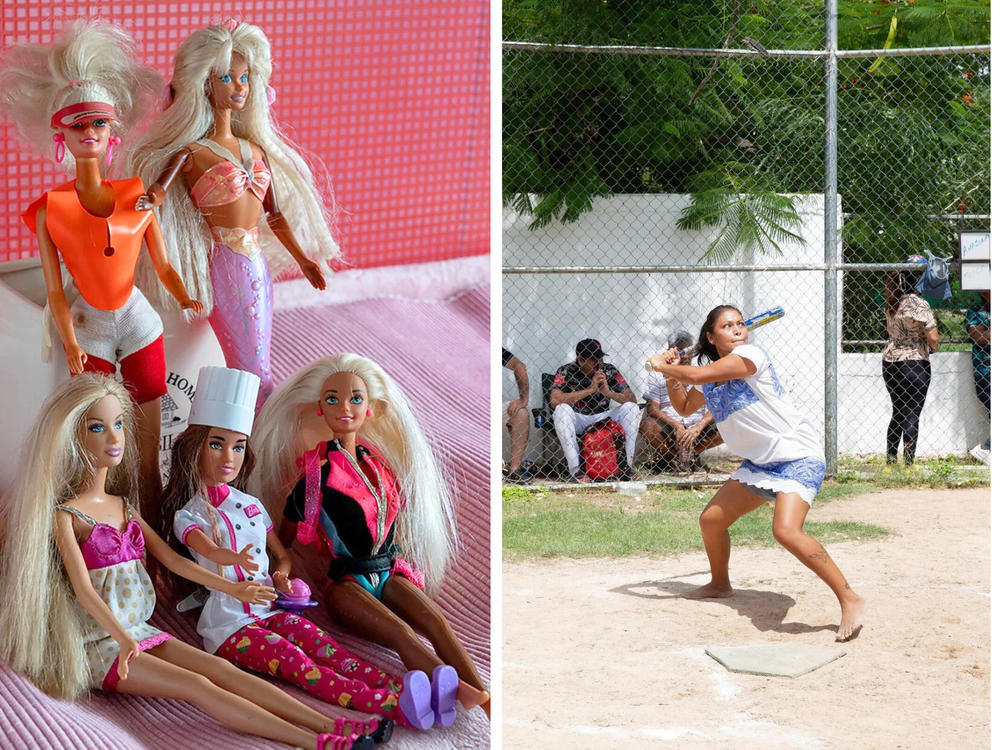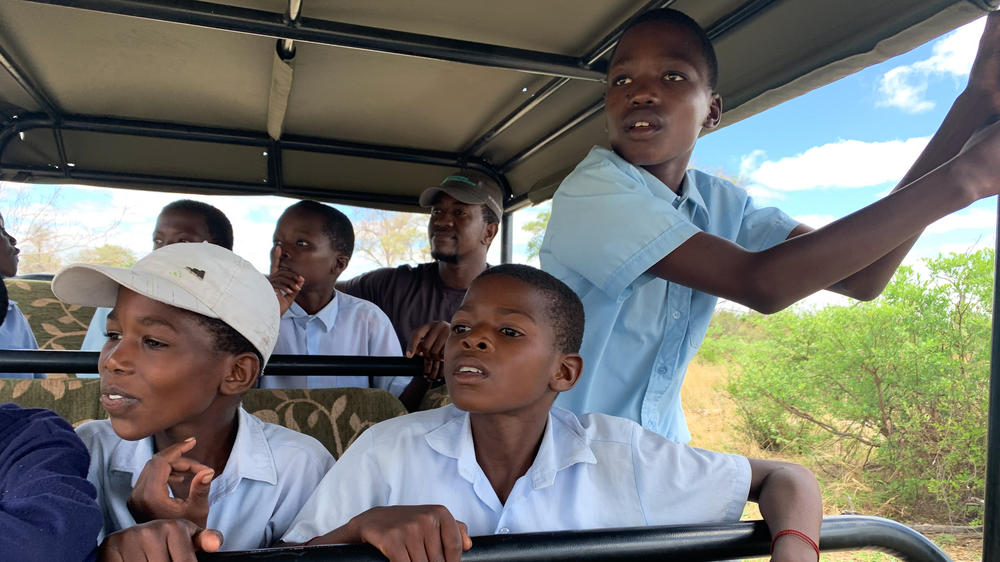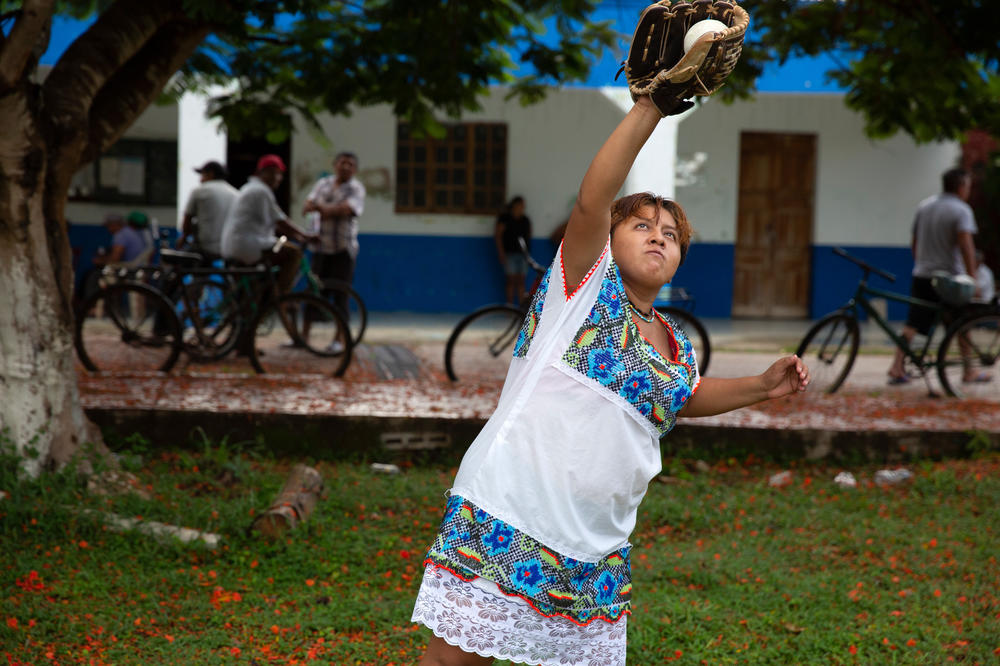Section Branding
Header Content
From glacier babies to a Barbie debate: 7 great global stories you might have missed
Primary Content
Are you looking for a good read for the end of the year?
We editors have a few recommendations. These were among our favorite stories of the year, even if they didn't rack up mega page views.
It's always a little mysterious why a great story doesn't get the love it deserves — maybe the topics weren't top of mind. Maybe the headline could have been stronger.
Or maybe the story posted at a time when web audiences were distracted by breaking news or bruising weather or Taylor Swift.
Here are seven of our favorite underappreciated gems from 2023 — and in case the headlines aren't enough to win you over, we've given you a sample of each story's (hopefully) enticing prose and a photo or two for good measure.
Elephants are a menace for these 6th graders in Botswana. Then they went on a safari
"What is the safe thing to do when you see an elephant?" the guide asks.
"Don't run!" says Mogalakwe.
"Stand like a statue?" says Lorato.
"Yeah, stand still. Don't run," he answers.
Soon after, the kids get to put that advice into practice when they pull up to a waterhole for a lollipop break.
Suddenly a huge elephant ambles over ... and starts to drink.
A glacier baby is born: Mating glaciers to replace water lost to climate change
A farmer and a village leader in Pakistan's highlands decided it was time to try to make a glacier baby.
This ancient ritual that calls for mixing chunks of white glaciers, which residents believe are female, and black or brown glaciers (whose color comes from rock debris), which residents believe are male.
Folks believe that combining the chunks will spark the creation of a newborn glacier that will ultimately grow big enough to serve as a water source for farmers.
A man dressed as a tsetse fly came to a soccer game. And he definitely had a goal
The first time Nicola Veitch went to a soccer game, she danced on the field in a white lab coat alongside a colleague inside a giant tsetse fly costume. Most of the fans at the game in Malawi applauded. Some were baffled.
My grandma in Wuhan is philosophical about COVID, life and her favorite topic: death
In 2020, the graphic artist and memoirist Laura Gao, who was born in Wuhan but came to the U.S. with her family when she was a girl, wrote about a trip she had planned to her birthplace to see her beloved grandparents. COVID caused her to cancel the trip. We wondered — how are her grandparents now faring? She checked in her with her grandma via WeChat, and illustrated the rich converasation that followed.
Women Maya softballers brush off machismo insults to become Mexican superstars
Barefoot and draped in the colorful embroidery of traditional Maya huipil garb, 20-year-old Sitlali Yovana Poot Dzib steps up to the plate, wiggling her bat overhead as she faces the pitch. The field is uneven and littered with stones while searing 100-degree heat scorches the soles of her feet. Nevertheless, she swivels on her toes, digging into the dirt for grip and ignoring jeers from the away crowd, and sends the ball soaring.
Poot is the captain of Las Amazonas de Yaxunah, an indigenous, all-female softball team famous throughout Mexico.
Barbie in India: A skin color debate, a poignant poem, baked in a cake
She's one of India's biggest Barbie fans. When Vichitra Rajasingh was growing up, family and friends helped her build her collection of Barbie dolls until she had almost 80 of them. The mermaid Barbie and scuba-diving Barbie were her favorites. All her Barbies were blond. She says she didn't like the Indian ethnic ones that came on the local market. And skin tone is one of the reasons that in India, Barbie has a far more complicated legacy.
Memories of my mom are wrapped up in her saris
My first association with the sari was with my mother, my aunts and my grandmas, who wore saris every single day of their adult lives. To me, the sari is synonymous with their love, warmth and the safety of their embrace. Perhaps that's why saris are passed on to loved ones.
When my mother died, I inherited many of her saris. The rest I gave to my aunts, cousins and my mother's closest friends. So it's a garment that ties you to the most cherished women in your life.
Copyright 2023 NPR. To see more, visit https://www.npr.org.









